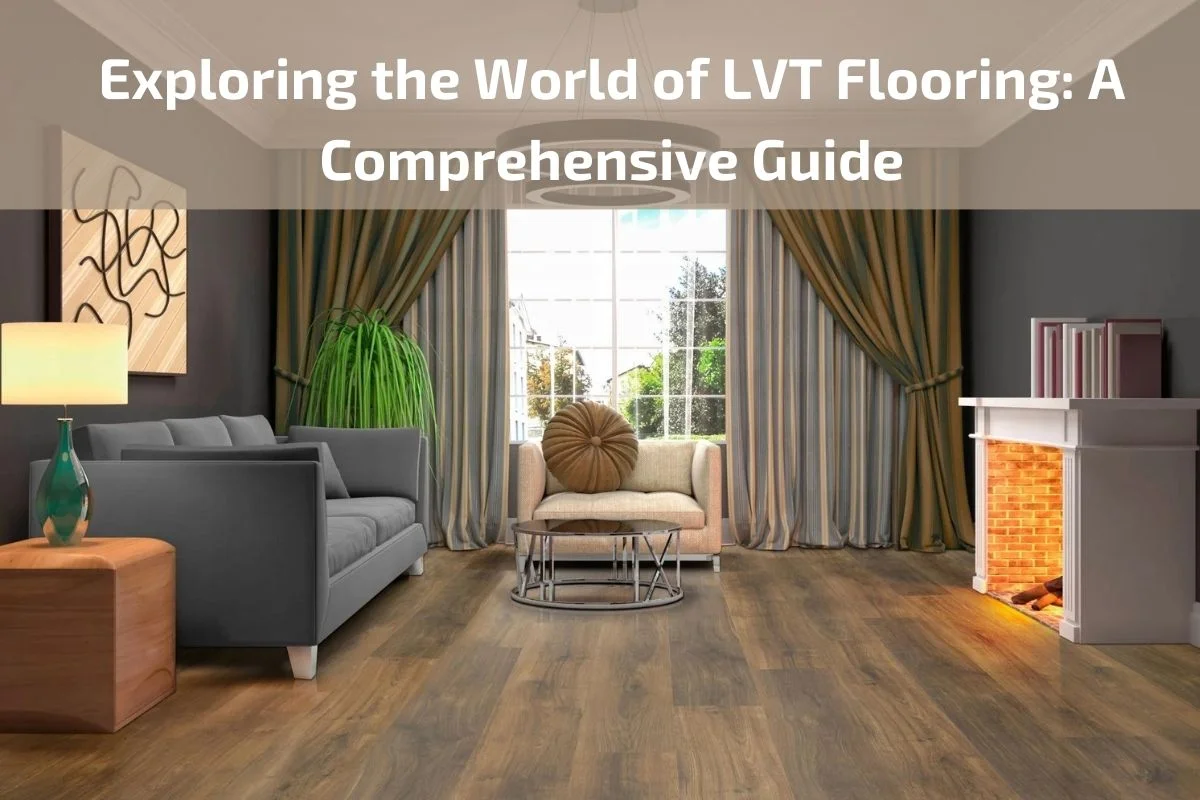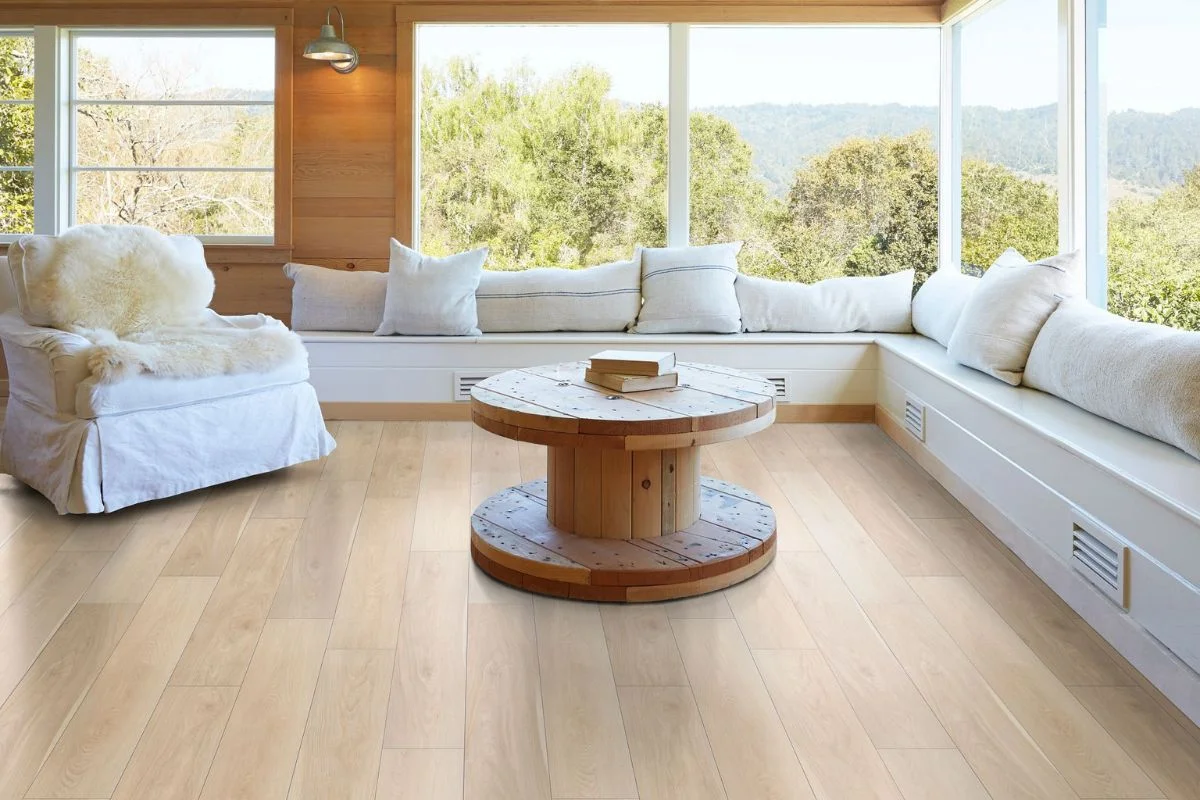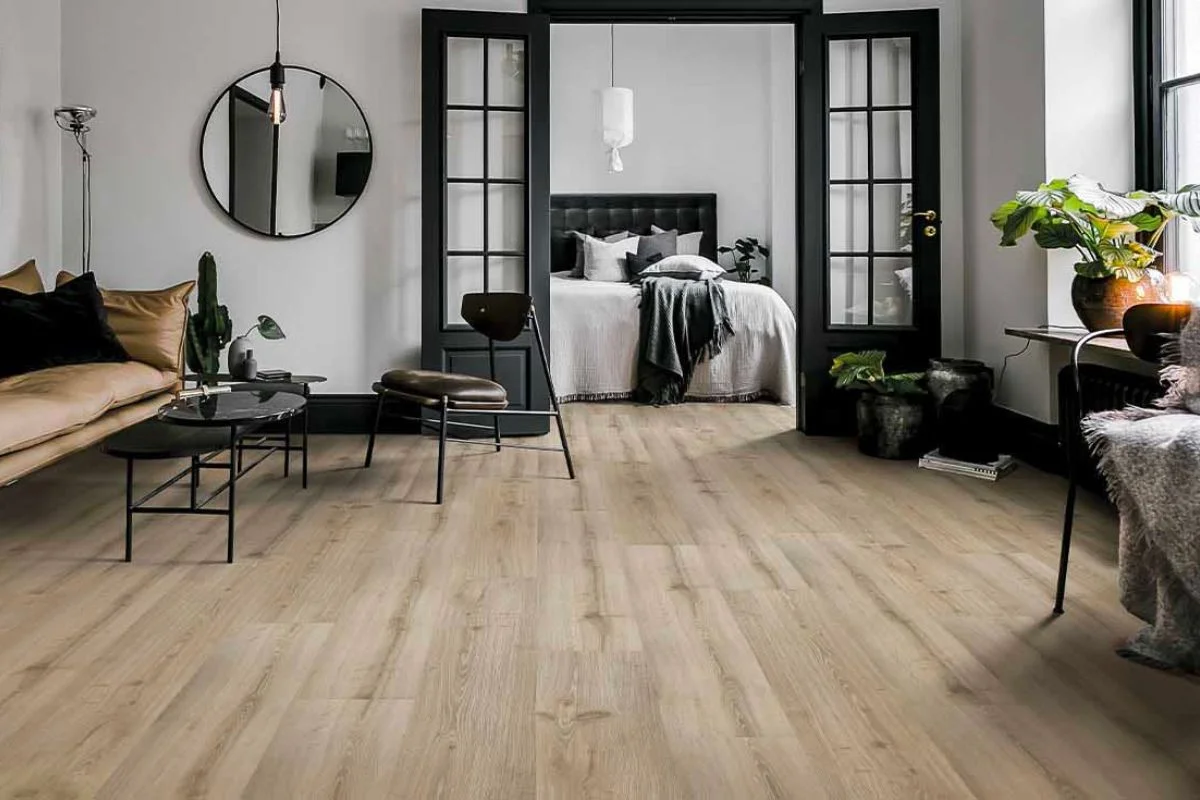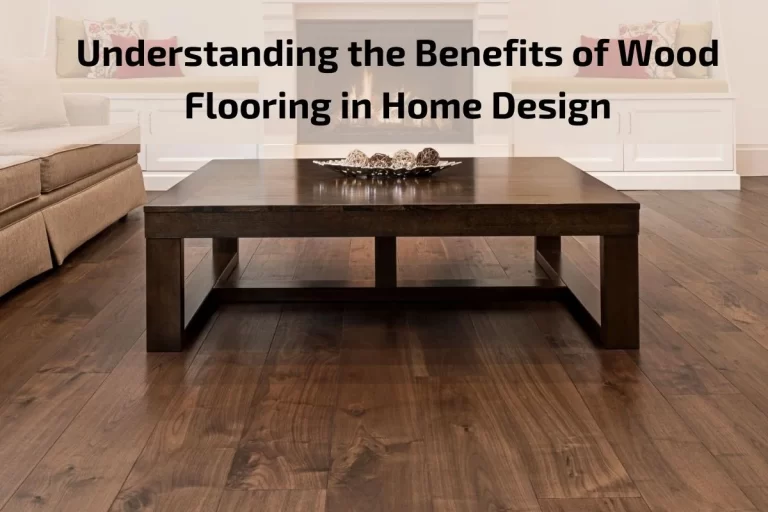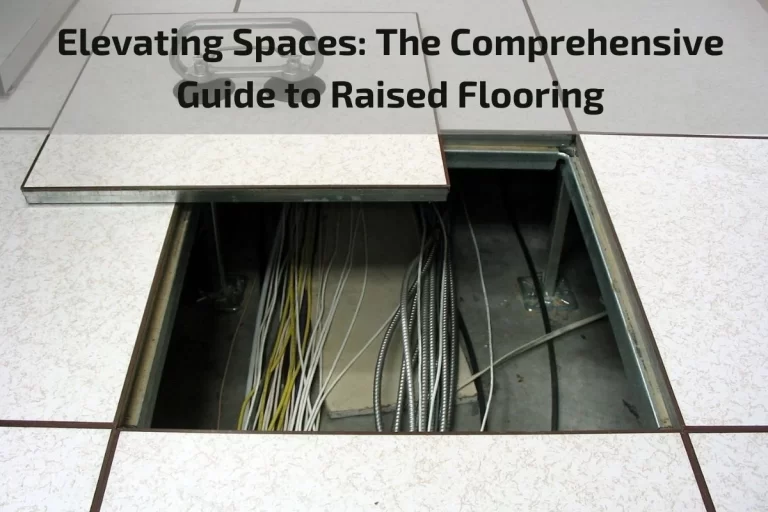Luxury Vinyl Tile (LVT) flooring has emerged as a popular choice among homeowners and designers seeking versatile, durable, and aesthetically pleasing flooring solutions. With its remarkable resemblance to natural materials like wood, stone, and tile, LVT flooring offers a myriad of benefits that make it a standout option in the world of interior design.
In this comprehensive guide, we will delve into the fascinating world of LVT flooring, exploring its features, advantages, installation methods, maintenance tips, and design possibilities. Whether you’re renovating your home, designing a commercial space, or simply looking for a flooring option that combines style and functionality, LVT flooring offers a range of options to suit your needs and preferences.
Brief Overview of LVT Flooring
Luxury Vinyl Tile (LVT) flooring is a versatile and resilient flooring option that has gained popularity in both residential and commercial settings. It is crafted from multiple layers of PVC vinyl and features a realistic photographic layer that mimics the look of natural materials such as wood, stone, or tile.
LVT flooring is renowned for its durability, water resistance, and ease of maintenance, making it suitable for high-traffic areas such as kitchens, bathrooms, and commercial spaces. It offers a wide range of design options, including various colors, textures, and patterns, allowing homeowners and designers to achieve their desired aesthetic without compromising on functionality.
With its simple installation process and affordability compared to natural materials, LVT flooring has become a preferred choice for those seeking a cost-effective yet stylish flooring solution. Its ability to withstand moisture, spills, and heavy use makes it ideal for busy households and commercial environments where durability and longevity are paramount.
Advantages and Disadvantages of LVT Flooring
Luxury Vinyl Tile (LVT) flooring offers several advantages and disadvantages that should be considered before making a flooring decision.
Advantages:
Durability: LVT flooring is highly durable and resistant to scratches, stains, and wear and tear, making it suitable for high-traffic areas in both residential and commercial spaces.
Water Resistance: LVT flooring is water-resistant, making it ideal for areas prone to moisture such as kitchens, bathrooms, and basements. It can withstand spills and moisture without warping or damage.
Wide Range of Designs: LVT flooring comes in a variety of designs, colors, and patterns, including options that mimic the look of natural materials like wood, stone, and tile. This allows for versatility and customization to match different design aesthetics.
Easy Maintenance: LVT flooring is easy to clean and maintain. Regular sweeping, vacuuming, and mopping with a mild detergent are usually sufficient to keep the floors looking new.
Comfort Underfoot: LVT flooring offers a comfortable and resilient surface to walk on, providing cushioning and support underfoot.
Disadvantages:
Susceptible to Fading: While LVT flooring is resistant to scratches and stains, it may be susceptible to fading over time when exposed to direct sunlight or UV rays.
Environmental Concerns: Some LVT flooring products may contain harmful chemicals such as phthalates and volatile organic compounds (VOCs), which can negatively impact indoor air quality and pose health risks.
Limited Repair Options: Unlike hardwood or tile flooring, LVT flooring cannot be refinished or repaired if damaged. In cases of severe damage, the affected tiles may need to be replaced entirely.
Temperature Sensitivity: LVT flooring may expand or contract in response to temperature changes, particularly in extreme conditions. Proper acclimation and installation techniques are necessary to prevent issues such as buckling or gaps.
Initial Cost: While LVT flooring is generally more affordable than natural materials like hardwood or stone, it may have a higher initial cost compared to other types of resilient flooring such as laminate or vinyl sheet flooring.
In summary, LVT flooring offers numerous benefits in terms of durability, water resistance, design versatility, and ease of maintenance. However, it also has some limitations and considerations that should be weighed carefully before making a flooring decision. By understanding the advantages and disadvantages of LVT flooring, homeowners and designers can make informed choices that meet their specific needs and preferences.
Exploring Different Types of LVT Flooring
Luxury Vinyl Tile (LVT) flooring comes in various types and styles, each offering unique features and benefits to suit different preferences and requirements. Here are some of the most common types of LVT flooring:
Wood-look LVT Flooring:
- Wood-look LVT flooring mimics the appearance of natural hardwood flooring with realistic wood grain patterns, textures, and colors.
- It offers the warmth and elegance of hardwood while providing the durability and water resistance of vinyl flooring.
- Wood-look LVT flooring is available in a wide range of wood species, including oak, maple, cherry, and walnut, allowing homeowners to achieve their desired aesthetic.
Stone-look LVT Flooring:
- Stone-look LVT flooring replicates the natural beauty and texture of stone materials such as marble, travertine, slate, and limestone.
- It offers the luxurious look of stone flooring without the cost and maintenance requirements associated with natural stone.
- Stone-look LVT flooring is available in various sizes, shapes, and finishes, including polished, honed, and textured surfaces, providing versatility in design.
Tile-look LVT Flooring:
- Tile-look LVT flooring resembles ceramic or porcelain tile flooring with a wide range of patterns, colors, and designs.
- It offers the aesthetic appeal of traditional tile flooring with the added benefits of durability, comfort, and easy maintenance.
- Tile-look LVT flooring is available in different shapes and sizes, including square, rectangular, and hexagonal tiles, allowing for creative and customizable installations.
Specialty Designs and Patterns:
- Some LVT flooring manufacturers offer specialty designs and patterns, including geometric shapes, intricate motifs, and artistic expressions.
- These unique LVT flooring options allow homeowners and designers to create custom and statement-making floors that reflect their personal style and creativity.
- Specialty designs and patterns can be used to accentuate specific areas or add visual interest to overall design schemes.
Comparing LVT Flooring with Other Flooring Options
Luxury Vinyl Tile (LVT) flooring is a popular choice among homeowners and designers, but how does it compare to other flooring options? Let’s explore the differences and similarities between LVT flooring and other common flooring types:
LVT Flooring vs. Hardwood Flooring:
- Hardwood flooring offers timeless beauty and natural warmth, but it can be more expensive and less durable than LVT flooring.
- LVT flooring is more resistant to scratches, moisture, and wear and tear, making it ideal for high-traffic areas and moisture-prone spaces like kitchens and bathrooms.
- While hardwood flooring can be refinished multiple times, LVT flooring cannot be refinished and may need to be replaced if damaged.
LVT Flooring vs. Laminate Flooring:
- Laminate flooring offers a similar appearance to hardwood flooring at a lower cost, but it may not be as durable or water-resistant as LVT flooring.
- LVT flooring is more resistant to moisture and scratches, making it a better option for areas with heavy foot traffic and moisture exposure.
- Laminate flooring may have a more limited range of designs and patterns compared to LVT flooring.
LVT Flooring vs. Ceramic Tile Flooring:
- Ceramic tile flooring is highly durable and water-resistant, but it can be colder and harder underfoot compared to LVT flooring.
- LVT flooring offers a warmer and more comfortable surface to walk on, making it a better option for bedrooms, living rooms, and other living spaces.
- While ceramic tile flooring requires grout lines and professional installation, LVT flooring can be installed as a floating floor, reducing installation time and cost.
LVT Flooring vs. Carpet Flooring:
- Carpet flooring provides warmth, comfort, and sound insulation, but it can be more susceptible to stains, odors, and allergens compared to LVT flooring.
- LVT flooring is easier to clean and maintain than carpet, making it a better option for allergy sufferers and households with pets and children.
- While carpet flooring offers more cushioning and softness underfoot, LVT flooring provides a sleek and modern aesthetic that complements contemporary design styles.
Maintenance and Care Tips for LVT Flooring
Luxury Vinyl Tile (LVT) flooring is known for its durability and low-maintenance characteristics. To keep your LVT flooring looking its best and prolong its lifespan, consider the following maintenance and care tips:
Regular Cleaning:
- Sweep or vacuum your LVT flooring regularly to remove dust, dirt, and debris that can scratch the surface.
- Use a soft-bristled broom or a vacuum with a brush attachment to prevent scratching the floor.
Mopping with Mild Detergent:
- Periodically mop your LVT flooring with a solution of warm water and a mild detergent.
- Avoid using harsh chemicals, abrasive cleaners, or products containing wax, as they can damage the finish of the LVT flooring.
Spot Cleaning:
- Promptly clean up spills and stains to prevent them from setting into the floor.
- Use a damp cloth or sponge to gently blot spills, then clean the area with a mild detergent solution if necessary.
Avoid Standing Water:
- Avoid allowing standing water to remain on your LVT flooring for an extended period, as it can seep into the seams and cause damage.
- Wipe up spills and excess water immediately to prevent moisture damage.
Use Protective Pads and Mats:
- Place felt pads under furniture legs to prevent scratches and dents on your LVT flooring.
- Use rugs or mats in high-traffic areas and entryways to trap dirt and prevent wear and tear.
Avoid Sharp Objects:
- Avoid dragging heavy furniture or sharp objects across your LVT flooring, as they can scratch or gouge the surface.
- Use furniture coasters or lift heavy objects instead of dragging them to prevent damage.
Maintain Proper Indoor Climate:
- Maintain a consistent indoor temperature and humidity level to prevent LVT flooring from expanding or contracting.
- Use a humidifier in dry climates and a dehumidifier in humid climates to regulate indoor humidity levels.
Routine Inspection:
- Regularly inspect your LVT flooring for signs of damage, such as scratches, dents, or wear patterns.
- Address any issues promptly to prevent further damage and maintain the appearance of your flooring.
Conclusion
In conclusion, Luxury Vinyl Tile (LVT) flooring offers a versatile, durable, and low-maintenance flooring solution for homeowners and designers alike. With its wide range of design options, including wood, stone, and tile looks, LVT flooring provides endless possibilities for creating beautiful and functional spaces.
